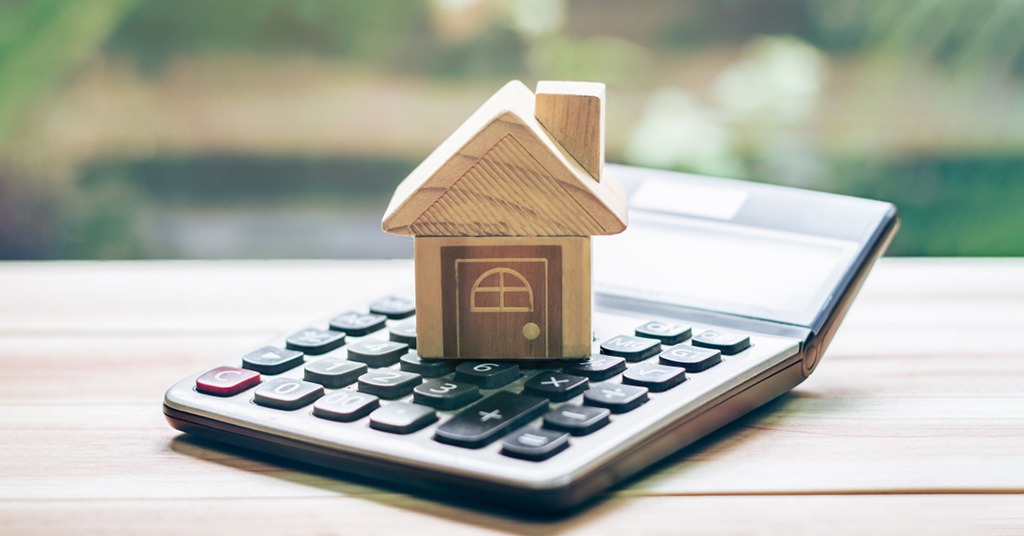![]()
Bader Al Hussain
PaySpace Magazine Analyst
The housing sector is considered as the most important sector in the whole economy. Its construction derives the demand for other ancillary industries, resulting in an economic growth for the respective economy. It is also a major indicator of the strength of the economy. Additionally, almost every government in the developed and developing world tries to provide affordable housing to its population, given the innate yearning in people to own their houses. Moreover, there are investors who have invested in houses, as real-estate assets are a natural hedge against inflation.
Recently, owing to the lower interest rate environment coupled with housing demand stemming from the work-from-home nature of work, the prices of houses have skyrocketed, reminding people of the 2008 housing and financial crises.

Is US housing market crash on the way? Source: shutterstock.com
Housing bubble and the financial crisis of 2008
The financial crisis of 2008 started from lending mortgages to ineligible borrowers and then through credit derivatives banks used to repackage them into MBS (Mortgage Back Securities) and sell them into the capital markets through investment banks. These MBS were given higher ratings, despite the low credit history of their owners. This widespread provision of mortgages fueled the demand for housing, resulting in a meteoric rise in their prices.
Nevertheless, the rise in interest rates triggered the default of low-credit-quality borrowers, and all those associated credit derivative products started to bust. The spike in foreclosures resulted in a sharp increase in the supply of houses, drastically reducing the value of collateral for those mortgage-backed securities. Thus, investors started to have huge expected losses, triggering a ‘sell’ event in world markets.
However, government regulations have since tightened, resulting in more requirements for buyers and this has a huge impact on the subprime mortgage industry that collapsed during the crisis.
Current housing prices and a future scenario
The current trends in the mortgage market of US are enumerated in the following points:
- Mortgage rates are rising, and this could be the beginning of the upward trend.
- The average rate on the popular 30-year fixed mortgage just swelled to over 3% early this week and then up 9 basis points on Thursday to 3.1%. It is noteworthy to state that the rate was 2.93% a week ago.
- According to experts, the decline in COVID-19 cases together with concerns for inflation are the main reasons behind this rise. It is pertinent to mention that in its latest comments, the Federal Reserve has indicated that it is expected to begin reducing monthly asset purchases soon.
- Economic projections point towards a lower growth rate in the economy than expected, but the inflation rate is projected to be higher than expected.
The above points hint towards higher mortgage rates, resulting in lower demand for housing in the market. This is also expected to tame the exponential rise in the prices of houses in the market. Additionally, according to Ralph B. McLaughlin, chief economist and senior vice president of analytics at Haus, Inc., the demand will revert to its usual cooling-off period in the fall, noting the recent expansion of inventory and retreating home prices.
Performance of REITS
The S&P Global REIT serves as a comprehensive benchmark of publicly traded equity REITs listed in both developed and emerging markets. Countrywise, the index is tilted towards the United States as constituents from this country contribute 67.1% to the total constituents of the index. The index gave an annualised return of 36.08% and YTD return of 24.58%.
S&P Global REIT index is trading at the trailing P/E multiple of 62.94x and P/B multiple of 1.94x. The indicative dividend yield of this index is 3.08%.
Housing sector outlook
In June 2021, home prices across the US went up by 24.8% year-over-year. According to Redfin, cited by Finance.yahoo.com, this corresponds to the median sale price of $386,888. Within this period, the number of homes sold rose by 20.6% and the number of homes for sale dropped 39.6%.
The current issue pertaining to the defaulting of Evergrande on its debt payments is worrisome. However, investors ought not to confuse this issue with the United States subprime mortgage crisis. This is because neither credit derivatives nor credit default swaps have been created and sold on the capital markets. Therefore, this event is less contagious and is expected to be effectively contained by China. Further, the following chart compares the percentage of liabilities and assets of Lehman Brothers and Evergrande as a percentage of their respective country’s GDP.
Conclusion
Given the above arguments, we foresee a fall in the prices of houses in the market. Thus, the rise in house prices is expected to tame, owing to the rise in interest rates and commodity prices.
SEE ALSO:









